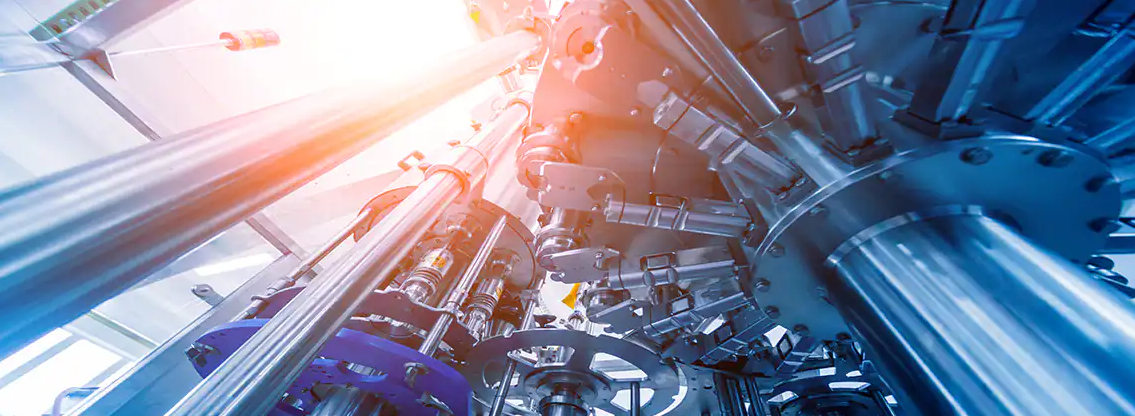Introduction:
Aluminum casting molds play a crucial role in the manufacturing industry, as they are used to produce various aluminum components used in sectors such as automotive, aerospace, and electronics. The quality of these molds directly affects the final product’s integrity, strength, and dimensional accuracy. Therefore, it is essential to employ effective techniques and methods to create high-quality aluminum casting molds. This article aims to explore some of these techniques and methods.
1. Designing the Mold:
The first step in creating a high-quality aluminum casting mold is to design it meticulously. The design should consider factors such as part geometry, mold material, gating system, and cooling channels. Utilizing computer-aided design (CAD) software can help engineers create accurate and precise molds. The mold design should focus on eliminating potential defects like shrinkage, porosity, and distortion.
2. Material Selection:
Choosing the right material for the mold is crucial for achieving high-quality castings. Aluminum molds are commonly made from steel alloys such as H13 or P20, which provide excellent thermal conductivity, toughness, and wear resistance. These materials ensure that the molds can withstand the high temperatures and pressure involved in the casting process without deforming or cracking.
3. Mold Manufacturing:
The manufacturing process plays a significant role in determining the quality of aluminum casting molds. Several techniques can be employed, including machining, milling, drilling, and grinding. Computer numerical control (CNC) machining is often used for its accuracy and repeatability. Precision manufacturing techniques ensure that the mold dimensions are maintained, leading to consistent and reliable casting production.
4. Surface Treatment:
Proper surface treatment of the mold is essential to ensure smooth and defect-free castings. One common technique is mold polishing, which involves removing any imperfections on the mold surface. Polishing not only enhances the mold’s appearance but also improves its release properties, allowing the castings to be easily extracted. Additionally, applying a mold release agent can further reduce friction and enable easy part removal.
5. Mold Maintenance:
Regular maintenance is critical for ensuring high-quality aluminum casting molds. Mold surfaces should be cleaned, inspected, and repaired if necessary. Proper lubrication of moving parts and cooling channels is vital to prevent excessive wear and maintain efficient heat transfer. Maintaining an organized mold storage system and documenting maintenance activities can help prolong the mold’s lifespan and ensure consistent casting quality.

6. Quality Control:
Implementing a robust quality control system is imperative to identify and rectify any mold-related issues promptly. Various inspection techniques, such as visual inspection, coordinate measuring machines (CMM), and non-destructive testing (NDT), can be employed to assess mold integrity, dimensions, and surface finish. Regular monitoring of the casting process can help identify any deviations from specifications and take corrective actions promptly.
Conclusion:
Creating high-quality aluminum casting molds requires a combination of effective techniques and methods. From meticulous design and material selection to precision manufacturing and regular maintenance, each step plays a crucial role in ensuring the molds’ integrity and producing superior castings. Employing these practices can help manufacturers achieve consistent results, reduce defects, and enhance overall productivity in the aluminum casting industry.
-

- أجزاء ومكونات OEM مصبوبة
-

- سبائك المغنيسيوم thixomolding يموت الصب أجزاء الطائرات بدون طيار
-

- دراجة فري هب 12/14/16 بوصة دراجة أطفال منخفضة رايدر دراجات المغنيسيوم سبائك الألومنيوم دراجة أطفال بعمر 3-8 سنوات في المخزون
-

- OEM ارتفاع ضغط يموت الصب عجلة سبائك المغنيسيوم للدراجة الإلكترونية
-

- Magnesium alloy rigid fork for bicycle -customized die casting metal parts
-

- غطاء محرك السيارة الكهربائية المصبوب من سبائك المغنيسيوم في المنتصف

 0086-750-5616188
0086-750-5616188 +86 13392089688
+86 13392089688 sales@zhongmei-tech.com
sales@zhongmei-tech.com







